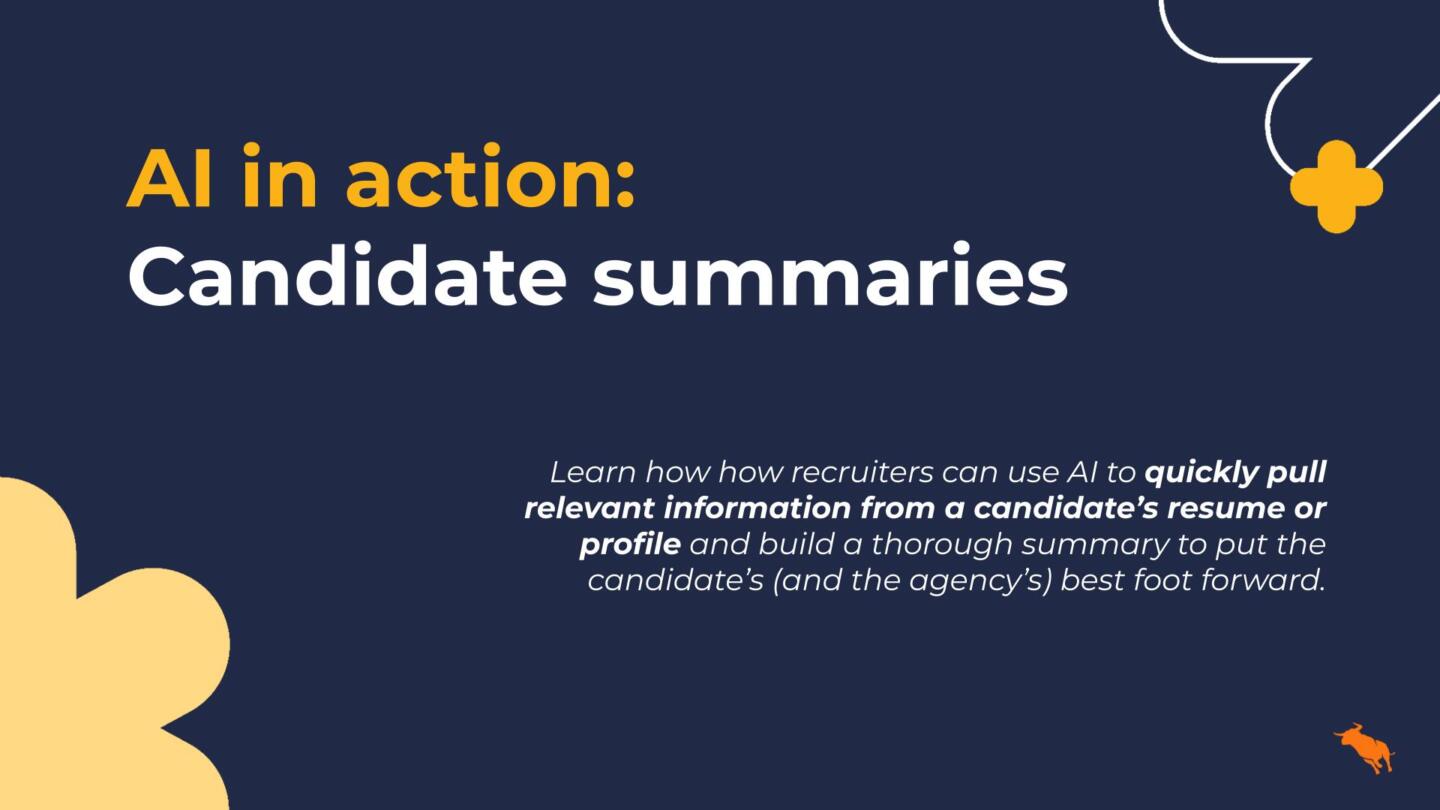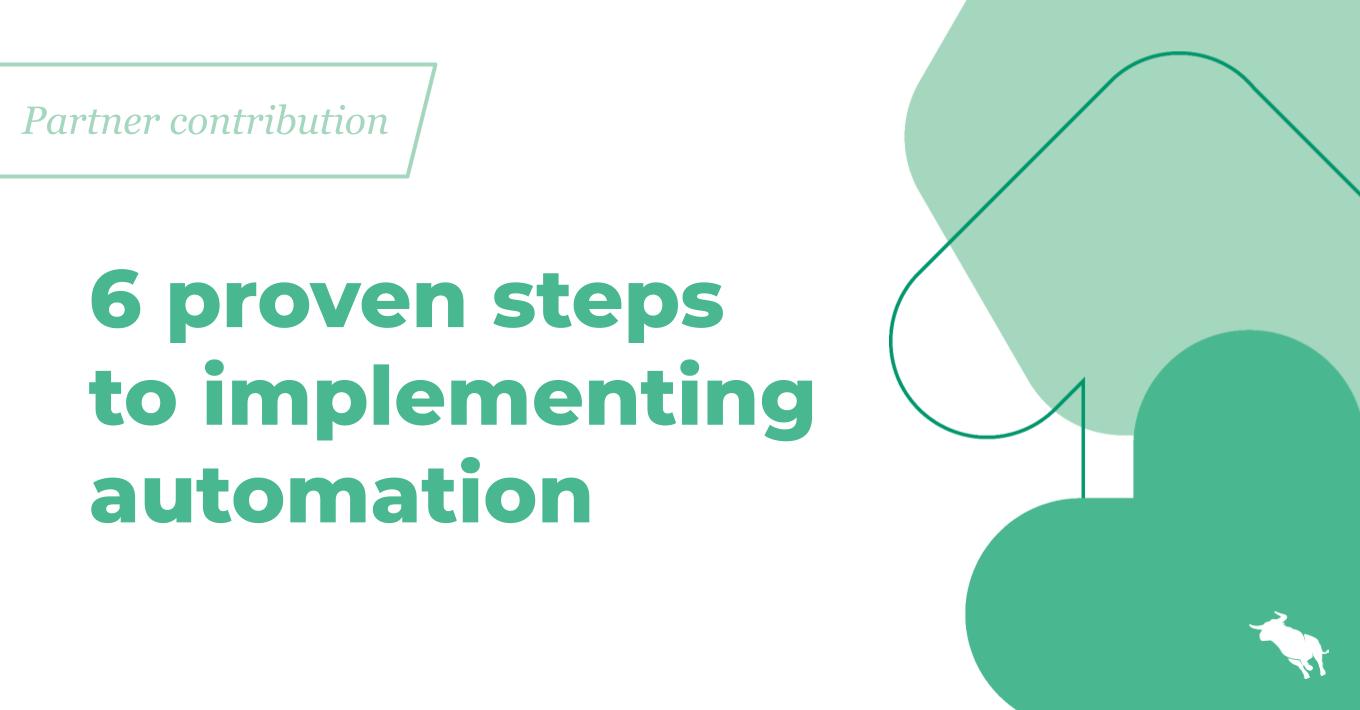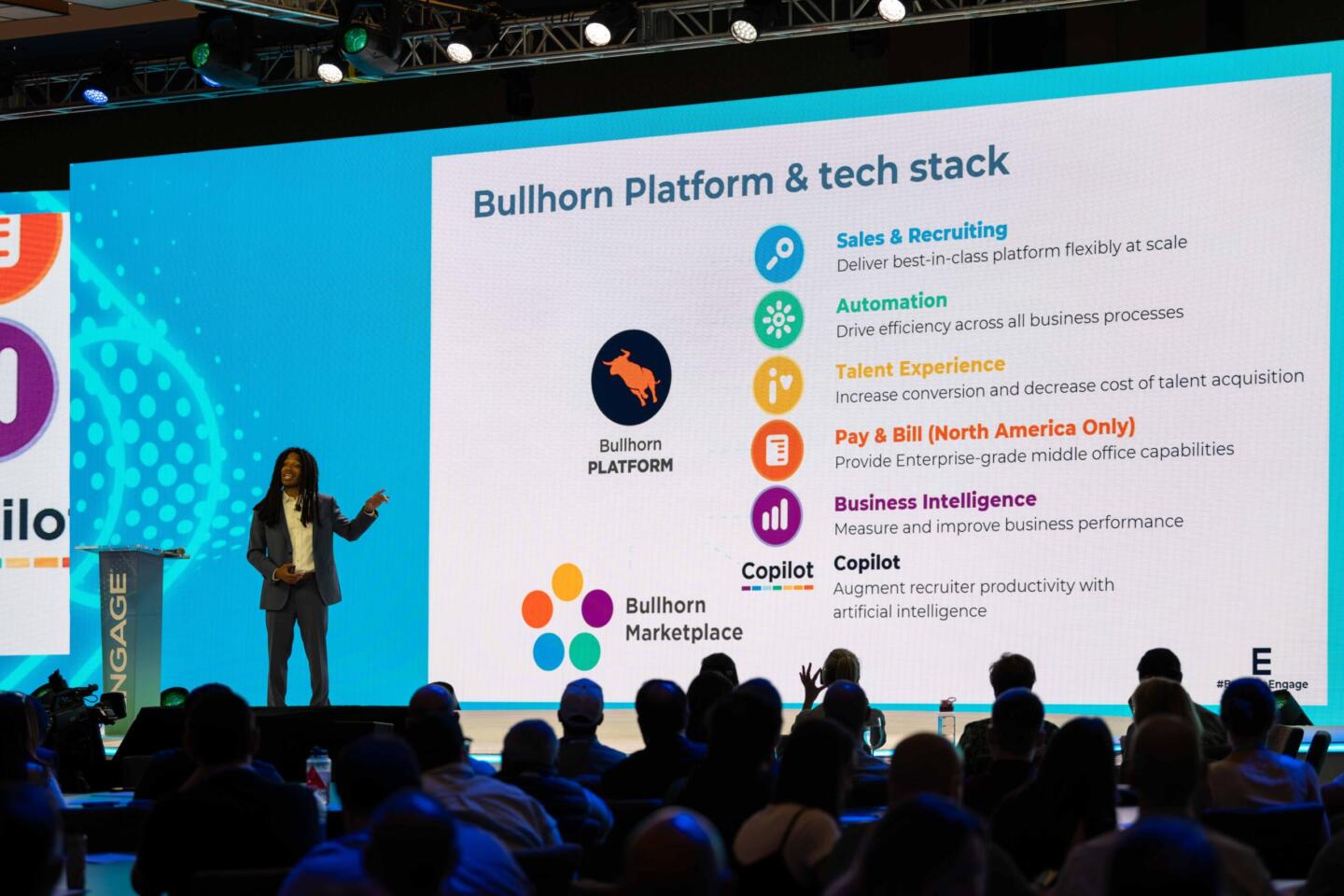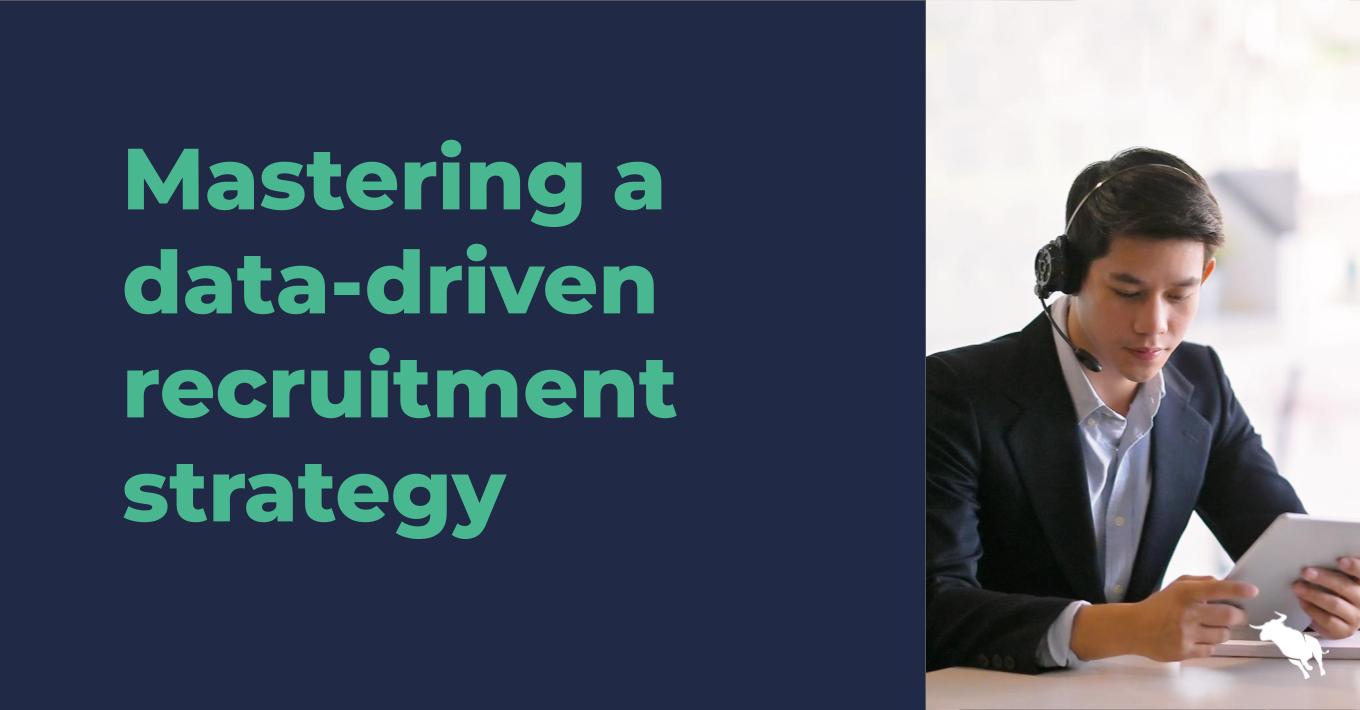Start Differentiating Your Staffing Agency with Big Data
I’ve been spending a lot of time with our customers recently, listening to them speak about what drives their businesses. What I hear over and over again is that many of our customers are differentiating themselves from the competition on value by anticipating their clients’ needs – delivering quicker time to value with better candidates and faster placements, helping them compete more effectively. Gone are the days when a provider of products or services could say “we’re working on it, and we will call you when we’re done.”
One way in which you, as recruiting agency professionals, can differentiate on value is to have better information and insight about the market than your competitors do and to share it with your client, which is exactly the promise of Big Data. But “Big Data” is a widely over-used term, a catch-all for anything to do with data and analytics. What does Big Data really mean in the context of the staffing industry? How can staffing and recruiting firms leverage Big Data to differentiate on value? Of course, there are many different aspects of Big Data as a concept. However, Big Data as it applies to staffing is about combining previously siloed data sets to derive new meaning and insight.
For instance, one customer with whom I spoke described working on an IT project to source several developers. This customer is mining GitHub to identify the specific environments in which the candidates have strengths. The candidates may say that they are experts in Java and C++, but if their work is dominated by Java submissions on GitHub, they’ve essentially put their money where their mouth is. Conversely, if you are looking for a marketing candidate, you may want to examine their Klout score, or the Klout scores of the brand Twitter handles they manage, which could provide insight into their ability to evangelize and influence a community. Similarly, while you may be using a recruitment CRM that has thousands of candidate profiles, these same candidates’ continually-updated profiles on LinkedIn may provide additional information that would help you successfully place them. Combining the two data sets will provide additional insight into the candidate suitability, and give you the most complete version of the truth. We recently made an announcement with LinkedIn to provide this capability.
Big Data for staffing is also about mining this information at scale. Another customer with whom I met talked about helping their clients benchmark against industry standards, like the number of interviews per hire. If the client is consistently doing 10+ interviews per hire for a certain kind of job and the industry average is 7, all else being equal, that client will be at a competitive disadvantage as it tries to grow. Our North American Staffing and Recruiting Trends Report and UK Staffing and Recruiting Trends Report provide aggregate data for the industry as a whole, and staffing firms can take these metrics to the level of granularity they desire based on their knowledge of a specific job type, a regional market, or a client’s history.
As staffing firms plan for the future, taking into account these two aspects of Big Data as it applies to our industry—incorporating new data sets into analysis and mining this information at scale—will allow firms to differentiate on value, delivering more targeted candidates and ultimately greater insight to clients.




